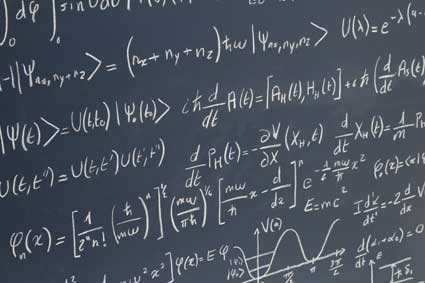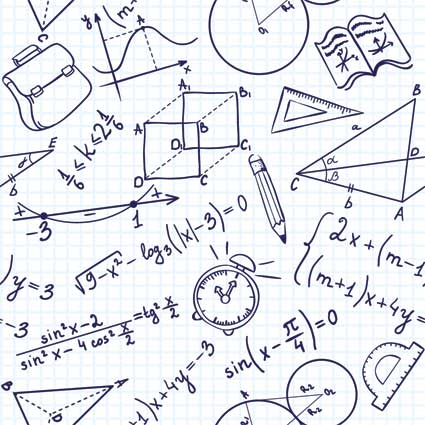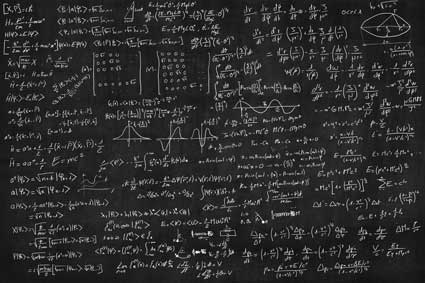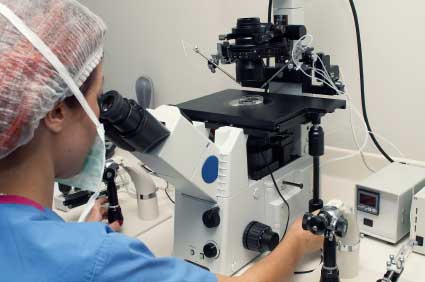Electricity. Definitions
The term electricity, as we have learned from studying various parts of physics, is difficult to define with one all-encompassing definition. Scholars and scientists often disagree as to the true meaning of the term. To illustrate the range of definitions that exist, we have included several different ones.
1. Scientists' Definition. Electricity solely refers to the electrons and protons; in essence, the electric charge of an object.
2. Everyday Definition. Electricity is the electromagnetic field energy transmitted by batteries and generators.
3. Elementary school Definition. Electricity is the flowing motion produced by an electric charge.
4. Working Definition. Electricity is the amount of imbalance between quantities of electrons and protons.
And, some additional less commonly used definitions include:
5. The flowing motion of electrical energy.
6. The electrical potential (e-field).
7. Simply a field of science.
Based upon such a broad selection of definitions, it is difficult to discern the true meaning of the term electrical, which complicates the process of forming a definition for electrical induction.
Induction. Definition
By combining the definitions for "electrical" and "induction," we can derive a definition along the following lines: A changing magnetic field results in a potential difference (commonly known as voltage) in a conductor.
While a stationary magnetic field will have no effect on a wire or current-loop, a moving or changing magnetic field will generate an electric current in a current low, or a voltage traveling across the ends of a current loop. Essentially known as electromagnetic induction, the current or voltage is called an induced current or an induced voltage.
Electrical Induction. Operating Principle
Electromagnetic Induction is the governing principle that is used to explain how electric generators (also called alternators), microphones, electric guitars, and transformers operate.
The current contained in the conductor is said to alternate because its current flows back and forth, as a result of the conductor being first raised and then lowered in the magnetic field. In short, currents help to create magnetic fields.
A moving or changing magnetic field does produce a current in a current loop or a voltage across the ends of a current loop. This is called electromagnetic induction and the current or voltage is called an induced current or an induced voltage.
Electrical Induction. History
One of the most important advances in the scientific arena, the discovery of electromagnetic induction was described by Michael Faraday in 1831. Officially, he was the first scientist and mathematician to document his findings after conducting a series of tests on a coil he made by wrapping a paper cylinder with wire.
When he connected the coil to a galvanometer and then moved the magnet back and forth inside the cylinder, Faraday reported that the size of the voltage produced within a conductor was proportional to the rate of change of the magnetic flux (alternating levels of the electrical currents).
Furthermore, Faraday found this statement to be true and applicable regardless of whether the flux itself varied in strength or the conductor moved through the magnetic field. As previously stated, electromagnetic induction is the underlying principle that explains the operation of generators and induction motors, as well as a majority of other electrical machines.
Further, the German scientist, H.F.E. Lenz, using "Lenz's Law" gives the direction of the induced emf, thus:
The emf induced in an electric circuit always acts in such a direction that the current it drives around the circuit opposes the change in magnetic flux that produces the emf.
Electrical Induction. Summary of Central Principles
Therefore, we are able to discern that the magnetic flux is the strength of the magnetic field which runs through a specific area. In terms of a formula, it is the product of the magnetic field (B), the area (A) that runs through the angle (a) between the line 90 degrees to the area and the magnetic field lines.
The alternating magnetic flux generates an electromotive force (emf). In turn, this force exerts pressure upon free electrons in a specific way that produces a current.
Electromagnetic Induction. Modern Applications
After the reciprocal relationship between electricity and magnetism was established, the practical applications were virtually limitless.
The generator, for one, paved the way to a wide array of innovative, industrial concepts. By changing mechanical energy into electrical energy, the generator relied upon the basic principle of electromagnetic induction, that of passing an electrical conductor through a magnetic field.
As previously explained, when one side of a coil passes through the magnetic field, first in one direction and then in the other direction, an alternating current (magnetic flux) is the end result. This alternator-type of device is the same one that is used in vehicles to produce a consistent stream of energy.
Additionally, transformers are able to send alternating currents from one electric circuit to another by means of electromagnet induction. Every neighborhood has a transformer located on a centralized power pole; this is the conduit for transmitting electricity to all of the individual homes.
For the most part, these types of power transformers transmit power at a consistent frequency. Radio frequency (rf) transformers operate within the higher frequencies, giving rf generators many industrial uses.




























